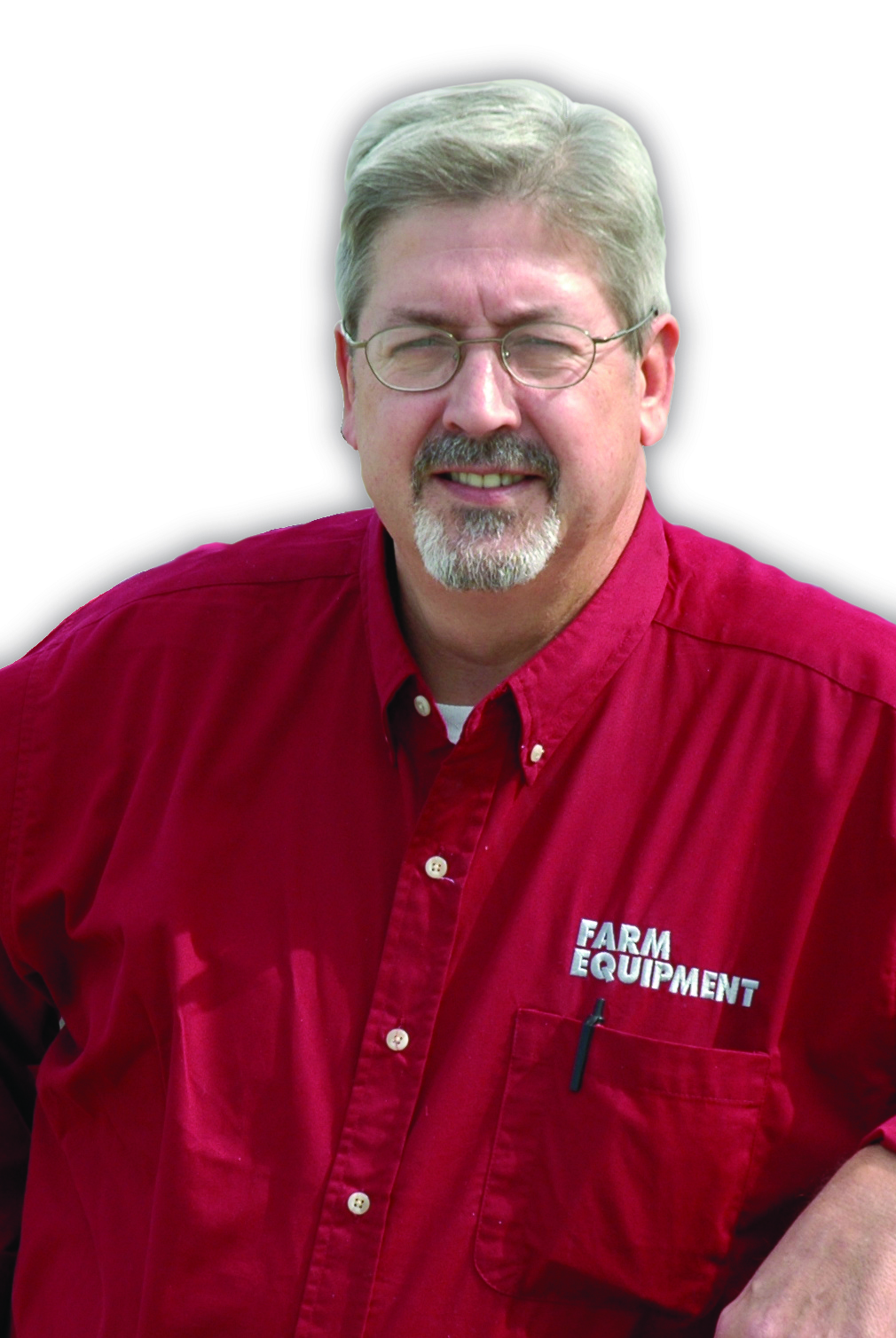
In this issue of Farm Equipment, we present a look at the used farm equipment market from a variety of different angles — from dealers to equipment auctioneers. But the bigger story is where it’s all heading.
If you believe in numbers and trends, research shared by financial services firm Morgan Stanley might make you sit up and take notice.
The research, which was published as a report to investors in November 2010, asserts that 30,000-50,000 big farmers represent the entire customer base for new row-crop equipment. The remaining 300,000 or so farmers almost always buy used machinery.
The company screened every operator who financed a new tractor or combine from 1995-2007. They found there were only 37,000 unique buyers — even when they counted members of the same family separately. From 2004-2007, that number dropped to between 15,000-20,000 farmers every year, or 27,000 unique buyers. The group of big farmers bought new equipment every one, two or three years and, of course, traded in their used machines. At the same time, the group who buy the late model equipment began to shrink.
According to the research, there are 2.6 acres farmed by used equipment buyers for every one acre farmed by the new equipment buyers in the top five corn states (Iowa, Illinois, Indiana, Minnesota, Nebraska). Five years earlier, that ratio was 3.6x and in the early 1990s it was 8x. Clearly the universe of potential buyers of used equipment declined rapidly during this period.
The gist of the research is this: “Trade-down is increasingly hard as U.S. used equipment buyer acreage shrinks. If large farmers buy and rotate equipment every two years, small buyers, who keep equipment longer, must have at least 4x the acreage to absorb the supply of used equipment.
“This was the case in the top corn states 5-10 years ago, but now the ratio has shrunk to 2.6 to 1. Trade-in cycles faster than three years risk saturating the used farm equipment market. Consequently, even if corn prices rise there’s little incentive to increase sales by accelerating large farmer equipment rotation.”
The other new wrinkle that’s developed for dealers in the used farm equipment market is the precision farming technology that’s rapidly becoming the norm on ag machinery. That’s because typical “used equipment buyers” have been making money the last few years and want to upgrade their equipment. So, they’re looking to buy late model used machines outfitted with the newest technology. The question then becomes what does a dealer do with a 10- or 15-year old combine or tractor that doesn’t have the new technology and nobody really wants?
And if you really like numbers and equipment trends, you’ll really enjoy the second part of our special report that tracks the pricing, age and usage of 15 different categories of equipment over a 10-year period courtesy of IRON Solutions.
Whenever I ask veteran equipment dealer-principals, “What is the one piece of advice you would offer new dealers starting off in this business?” the response is nearly unanimous: “Manage your used equipment.”
As much as this industry has changed in the past few years, this word to the wise remains as pertinent today as it’s ever been.






